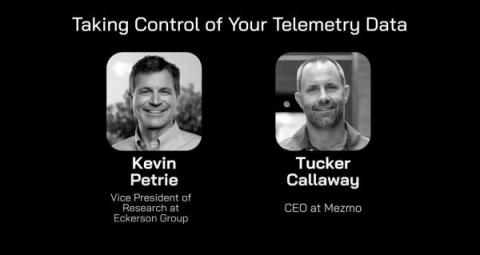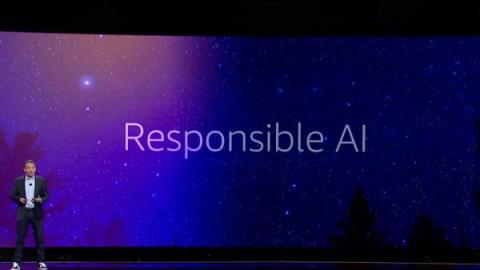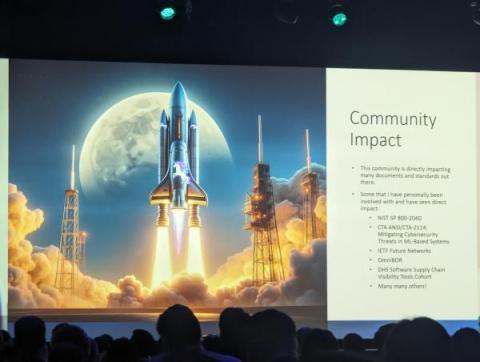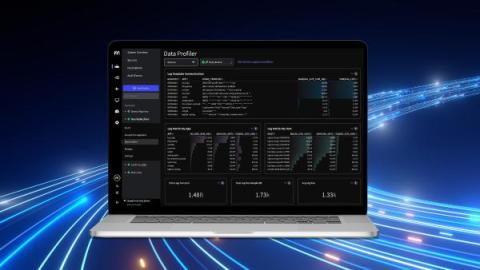Operations | Monitoring | ITSM | DevOps | Cloud
Latest Posts
Managing Telemetry Data Overflow in Kubernetes with Resource Quotas and Limits
How To Optimize Telemetry Pipelines For Better Observability and Security
My Recap on the Gartner IT Infrastructure, Operations & Cloud Strategies Conference
Last week, I attended the Gartner IT Infrastructure, Operations & Cloud Strategies Conference (IOCS). Gartner IOCS is my favorite conference every year because of the quality and level of the presentations. Gartner analysts deliver most sessions and put a lot of effort into the presentations and supporting research. I’d like to highlight two sessions that I found to be very informative.
AWS re:Invent 2023 highlights: Observability at Stripe, Capital One, and McDonald's
Last week, I attended the Amazon Web Services (AWS) re:Invent conference in Las Vegas, NV, with 50,000+ others. It was quite a busy week with several keynotes, announcements, and many sessions. While the hot topic at re:Invent was generative AI, I’ll focus my blog post on a few customer sessions I attended around observability: Stripe, Capital One, and McDonald’s.
Introducing Responsive Pipelines from Mezmo
The ability to swiftly resolve incidents is central to SREs responsible for a service's reliability and its users' satisfaction. Mezmo has recognized this need and, at Kubecon, unveiled an innovative solution: Mezmo Responsive Pipelines. Responsive Pipelines enable users to pre-configure a Pipeline to respond automatically in the case of an incident.
My First Kubecon - Tales of the K8's community, DE&I, sustainability, and OTel
I went to my first Kubecon ever this last week. If you’re not familiar with Kubecon, it is a convention that is around Kubernetes, a Cloud Native Community Foundation (CNCF) open source project. With this being my first Kubecon ever, it was an adventure all around building community, education, kindness, and of course, a love for Kubernetes technology.
Modernize Telemetry Pipeline Management with Mezmo Pipeline as Code
Adapting to efficient ways to build and control pipelines is vital to businesses aiming to ensure streamlined data operations and maintain a competitive advantage. That’s why we’re introducing Mezmo Pipeline as Code—a transformative approach to pipeline management.
How To Profile and Optimize Telemetry Data: A Deep Dive
We recently had the privilege of presenting our telemetry data pipelining platform at Cloud Field Day. Today, we'd like to share a recap of our demo with you. In this demo, we explore the transformative potential of data profiling, telemetry pipeline optimization, and incident response. Foundationally, we follow an Understand, Optimize, and Respond workflow.
Kubernetes Telemetry Data Optimization in Five Steps with Mezmo
Kubernetes (K8s) is at the forefront of modern infrastructure, but with its capabilities comes a deluge of telemetry data. Efficiently managing and optimizing this data is crucial to harnessing the full potential of your Kubernetes deployments.








